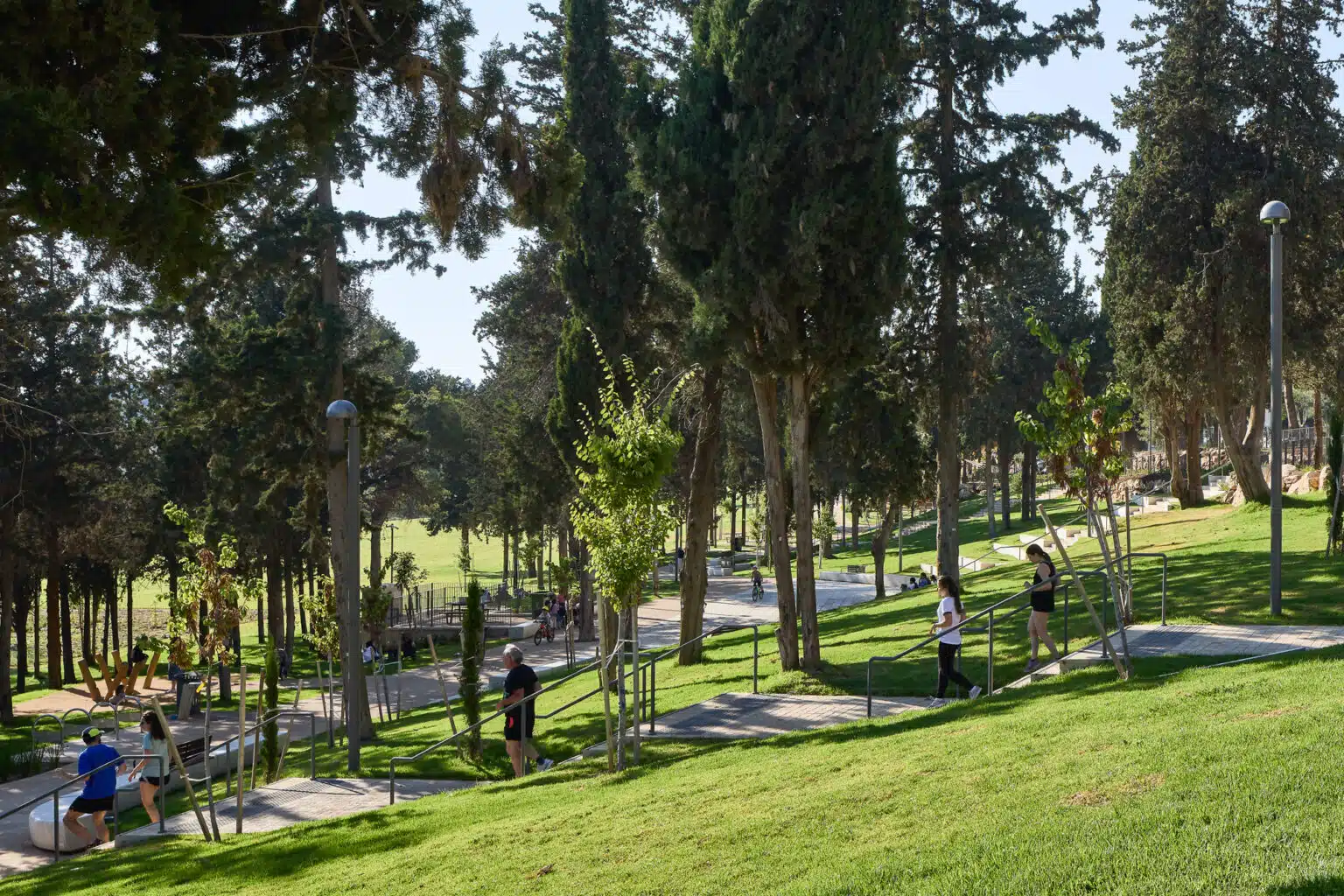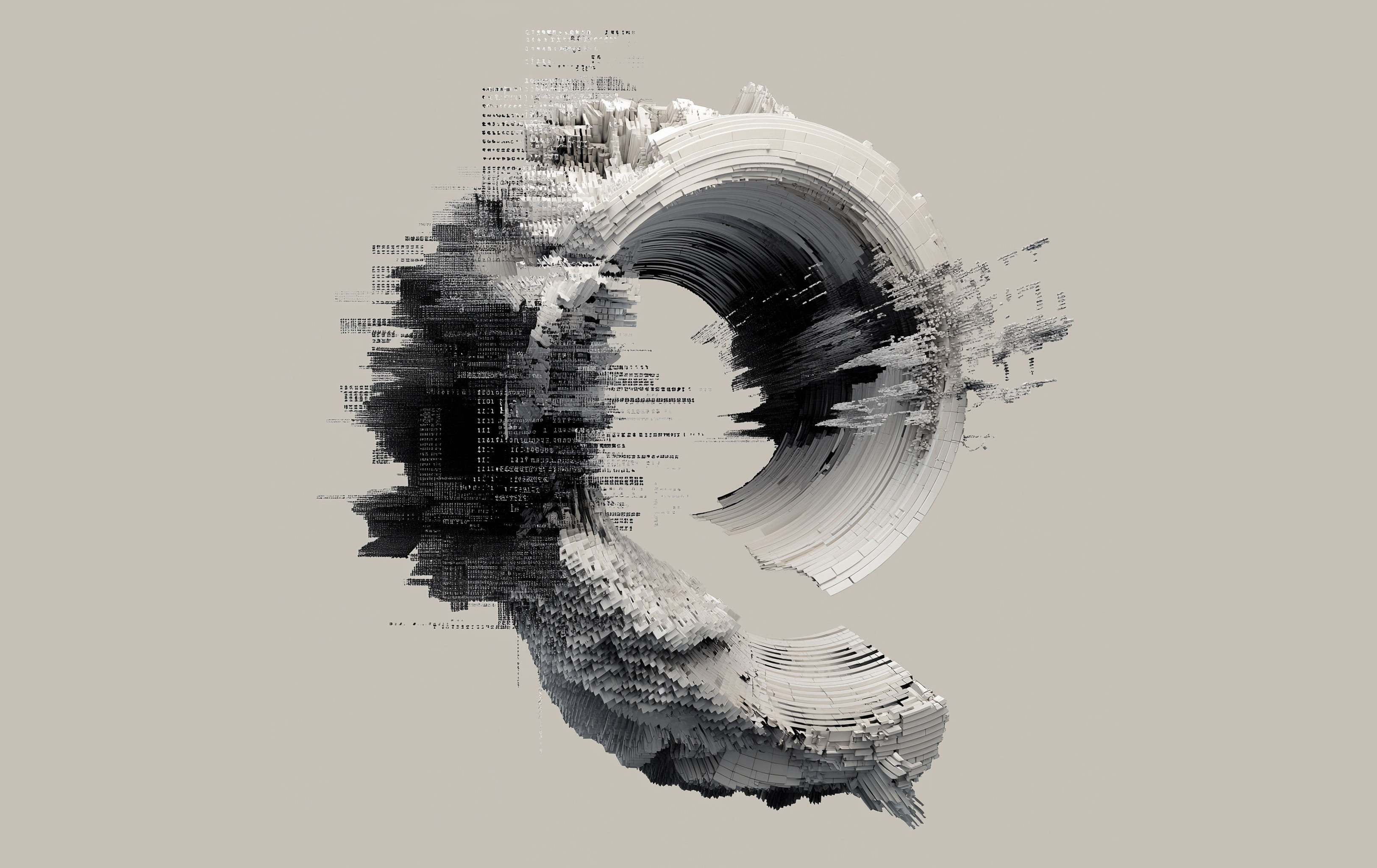When Bespoke Meets the Shelf: An interview with Tami Ollech Lerer
When Bespoke Meets the Shelf: An interview with Tami Ollech Lerer
An interview with architect Tami Ollech Lerer on designing the personal, the pitfalls of the bespoke process, and the compromises hidden in public benches.
Molld: Architects are often thought of as designing buildings, but in reality almost everything you do is bespoke-every plan, every interior, every cabinet. What are the main pain points of working this way?
Tami Ollech Lerer: I think every time you approach a new project, you really start over. Even if you’re talking about interiors, each building has its own concept, its own atmosphere. And then the details-the cabinetry, the furniture, the way you treat finishes-this is where everything comes together.
If you use those details to emphasize the larger concept, you get a stronger outcome. But that’s also the most demanding part. Because it’s where you need the most flexibility, the broadest range of tools. And it’s the part that is the most time-consuming, for the architect and for the client.
Molld: Reinventing the wheel for each client sounds heroic-but is it sustainable?
Tami: That’s exactly the problem. We want to be innovative, to do something special every time, because that’s what architecture is for us-it’s design, it’s art. But the more special you want to be, the more time you need. And time is money.
So you’re caught between being efficient and being creative. And those two things contradict each other. Every time you create something new you need to go through the entire process again, from the first sketch to the last detail, and you need to make sure it fits into the very complicated machine of the building.
And then, after all that work, you go to tender and you suddenly discover the price. Often it comes back way over budget. And then you start cutting, reducing, compromising. That’s painful for us, and depressing for the client who thought they were going to get something amazing.
Molld: How does bespoke architecture integrate with off-the-shelf products? Would it be better if products adapted to space instead of spaces adapting to products?
Tami: That’s a really important question, because often the shelf product ends up dictating the design. We had this very clear in a park we designed across from the Israeli National Library. We drew curved walkways, very soft lines, and we wanted the benches to follow those curves.
But when it came to construction, we had to fit our curves to the standardized radii of available benches. So instead of the bench following the sidewalk, the sidewalk bent to the bench. Everyone who visits the park loves it-but when I look at the photos, I only see that mismatch, that one angle that doesn’t quite belong.
And that’s a larger story: shelf products guarantee price and regulation, but they also quietly force the architecture to adjust itself. It’s the reverse of how design should work.
Molld: So how do you balance uniqueness with feasibility?
Tami: Some architects keep efficiency by staying within a familiar vocabulary-materials or details they’ve already developed. Others work more like fashion “made-to-measure,” where you start from a model and adapt it to the client, instead of reinventing everything.
But the moment you combine custom elements with shelf products, you have to plan it from the beginning. If not, you’ll find yourself redesigning around constraints you didn’t account for-like we did with those benches.
Molld: Do you see bespoke as a privilege or a burden?
Tami: Both. It’s heavy, because it takes so much effort. But it’s also a privilege, because this is where the art is-where technology and imagination meet. That’s the pleasure.
Molld: If you could rewrite the process, what would you wish for?
Tami: Knowledge. A lot of knowledge. Especially in manufacturing. The more you know, the faster you can move. The more confident you are in making decisions.
But there’s a paradox in that. Because the more professional you become, the more your mind starts to run in familiar roads. You know what can be done, you know what can’t, you know how something is usually solved. That gives you efficiency, yes, but it also boxes you in a bit. You lose some of that freedom of imagination you had when everything felt possible. So it’s always a tradeoff-between knowing and keeping your mind open.
Molld: What’s the biggest obstacle for bespoke today?
Tami: Cost. The world has standardized itself around parts and measures and regulations. That makes mass production easier, cheaper, faster. Bespoke still reads as luxury, because it requires stepping out of that standard system.
But at the same time, I think more and more people want bespoke. People want to stand out. They don’t want to be one of the group. They want an identity, something that is theirs. So I think demand is growing, and once the public asks for it strongly enough, the market will have to respond.
Molld: Can technology help-AI, robotics, parametrics?
Tami: Definitely. I think that’s the way to make bespoke more efficient. That’s where innovation can really help us-closing the gap between design and cost, between dream and execution.
It already takes us longer, as humans, than it would take AI. That’s clear. So yes, I would welcome tools that help me stay creative but cut down the endless iterations, the guessing around budgets, the rework with contractors. If technology can give us back some of that time-while keeping the design intact-that would be a gift.
Molld: Do clients understand what bespoke asks of them?
Tami: Usually not. And I sometimes pity them. They want to give themselves something more, but they come into a field where the options are endless and they don’t have the tools. They have to learn everything from scratch.
Many clients get lost in that infinity-because yes, in theory, you can do anything. But what are the rules? How do you know what’s possible, what’s reasonable, what’s affordable? Without that guidance, it’s overwhelming.
So part of our role is to guide them, to make them feel that their decisions are responsible, that they have a voice. When it works, it’s not just the architect’s project. The bespoke creation is like a child of both architect and client. It belongs to both.
Molld: And the third player-the maker, contractor, manufacturer?
Tami: They’re just as important. I think a lot of projects succeed or fail not because of the design itself, but because of the quality of the relationship-between architect, client, and maker.
If the communication is good, if there’s trust and clarity, then the outcome is almost always good. If the communication breaks down, then even the best design won’t survive intact. For me, that triangle-architect, client, maker-really is the foundation.
Molld: Advice to young architects?
Tami: Sharpen your tools. Be very capable of giving form to your thoughts. That means being able to draw, to model, to visualize. Because in the end, what you can communicate is what can be built.
At the same time, don’t ignore costs, time, fabrication. If you want your ideas to become real, you need to understand those things too. Otherwise, your imagination stays on paper.
Molld: Last question. In an Instagram world, what does “personal design” mean?
Tami: That’s a hard one. First of all, I think personal is about relevance-the specific space you’re in, the specific person it belongs to. Architecture is physical. Personal means it belongs in that place, in that context.
And then there’s the struggle. Because today, with Pinterest and Instagram and AI, everything feels possible. There are endless options. And when everything is open, it’s actually harder to find your own voice.
That’s why I keep coming back to this idea: you have to bring yourself into the work. You have to show what you mean. If you rely too much on the machine, on AI, you’re not really being you-you’re depending on how the machine interprets you. And then you lose control of the outcome.
So personal design, for me, is being able to ground something in a place and in a person, while still holding onto your own voice as a designer. That’s what makes it truly yours.







